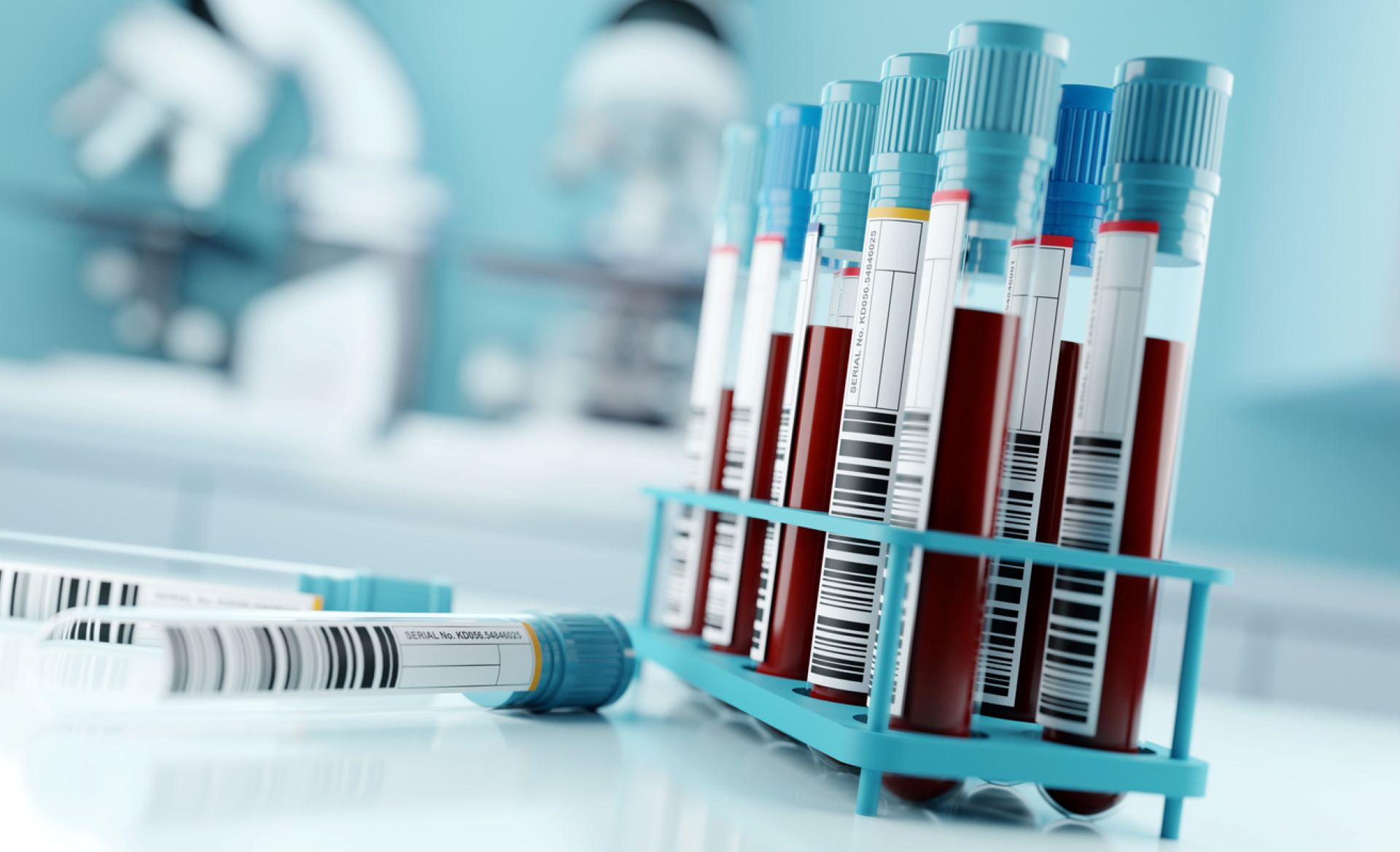Researchers at the University of Córdoba in Spain have developed the first biocompatible battery, and it runs on hemoglobin (that's right — the kind in our blood!).
Though the concept sounds like it comes straight out of a science fiction film, the use of hemoglobin as a biocompatible catalyst is "quite promising" for battery-powered devices in the body such as pacemakers, according to researcher Manuel Cano Luna.
Hemoglobin is a protein that attaches to red blood cells, delivers oxygen throughout the body, and transports carbon dioxide back to our lungs.
In this zinc-air battery prototype, hemoglobin helps a key process called the oxygen reduction reaction. When air goes into the battery, hemoglobin ensures that oxygen turns into water in one part of the battery. This releases electrons that move to another part of the battery, where zinc reacts and creates power.
"To be a good catalyst in the oxygen reduction reaction, the catalyst has to have two properties: it needs to quickly absorb oxygen molecules, and form water molecules relatively easily. And hemoglobin met those requirements," Cano Luna explained.
Not only has the battery prototype been shown to maintain functionality for about 20 to 30 days, but its development also offers some great eco-friendly benefits.
Other types of batteries may be affected by humidity and require specific environments to be manufactured, while zinc-air batteries are a more sustainable alternative that can withstand harsh conditions.
Additionally, the development of more sustainable power sources such as zinc-air batteries can help us to reduce dependency on lithium-ion batteries.
While lithium-ion batteries are a key component in electric vehicles, which overall are a cleaner, greener alternative to gas-powered cars, they do come with environmental concerns.
Mining for lithium and other essential materials for these batteries can tax the environment, as it typically involves using a significant amount of water and often relies on energy from fossil fuels, which can create air pollution and contribute to the overall carbon footprint of the product. With more energy-efficient lithium extraction methods and recycling programs for lithium-ion batteries on the rise, supplementing their use with other sustainable sources of energy can help create an ever brighter future for us and for the planet.
Join our free newsletter for weekly updates on the coolest innovations improving our lives and saving our planet.


